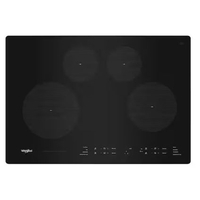5 things you need to know before buying an induction cooktop
These smart cooktops take some getting used to
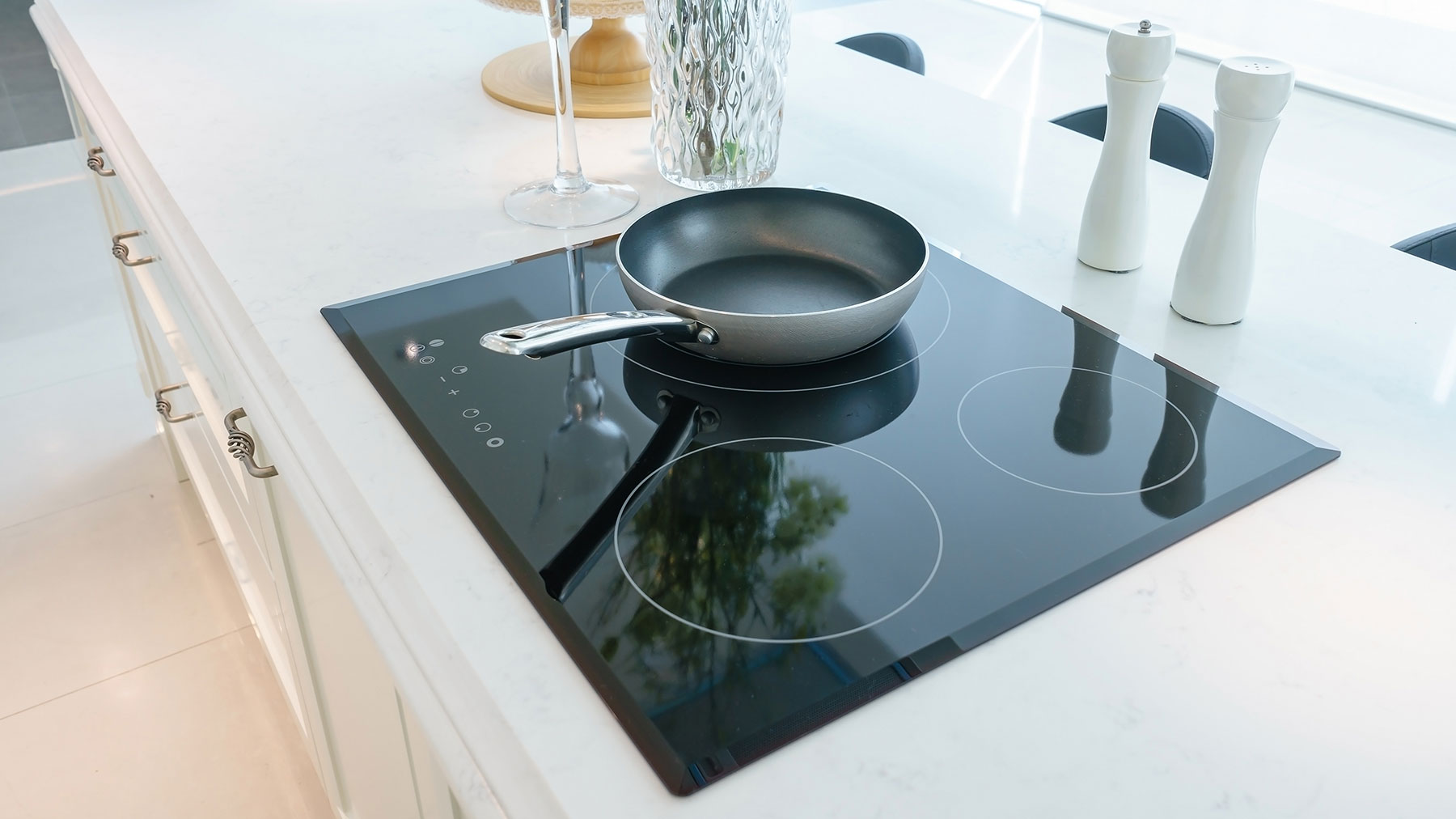
If you’re planning a kitchen upgrade, you’re probably also considering replacing your appliances. As a kitchen’s main purpose is cooking, changing your gas range or electric range is most likely at the top of your agenda.
Rather than replacing like for like or simply upgrading the gas or electric range you already have, there is an alternative that’s well-known for being an extremely fast and energy efficient way of cooking. That alternative is an induction cooktop.
There’s a lot to love about induction cooking, which I recently discovered when I tried an induction cooktop at Smeg’s test kitchen. I also got to test Smeg's portable induction cooktop at home . But before you invest, there are a few things worth knowing that will help you decide if it’s the right choice for you.
1. Heat is transferred differently
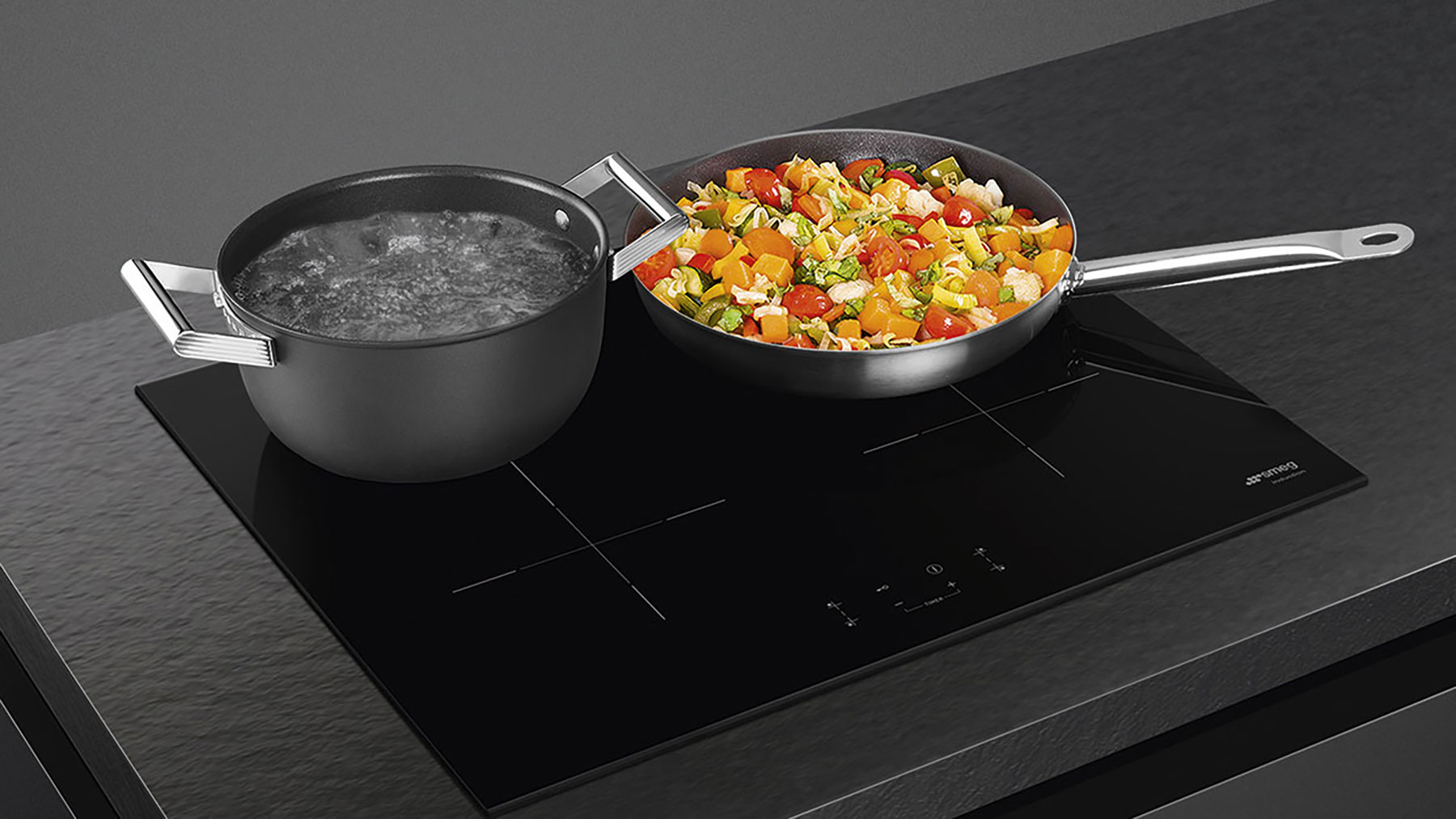
Unlike an electric cooktop that heats the cooktop surface itself, an induction cooktop works differently. Whirlpool explains that a copper coil under the cooktop creates electromagnetic energy and it is this magnetic energy that interacts directly with the cookware, rather than the surface of the cooktop. However, to work the cookware has to be induction-compatible — more on this later.
Induction cooking is therefore much quicker than using standard gas and electric cooktops as it skips the need to heat the surface – instead it goes directly to the cookware and minimal heat is lost between the cooktop and pans. This also ensures a fast and even cooking method, as the heat is evenly dispersed.
2. You’ll need to change your pans
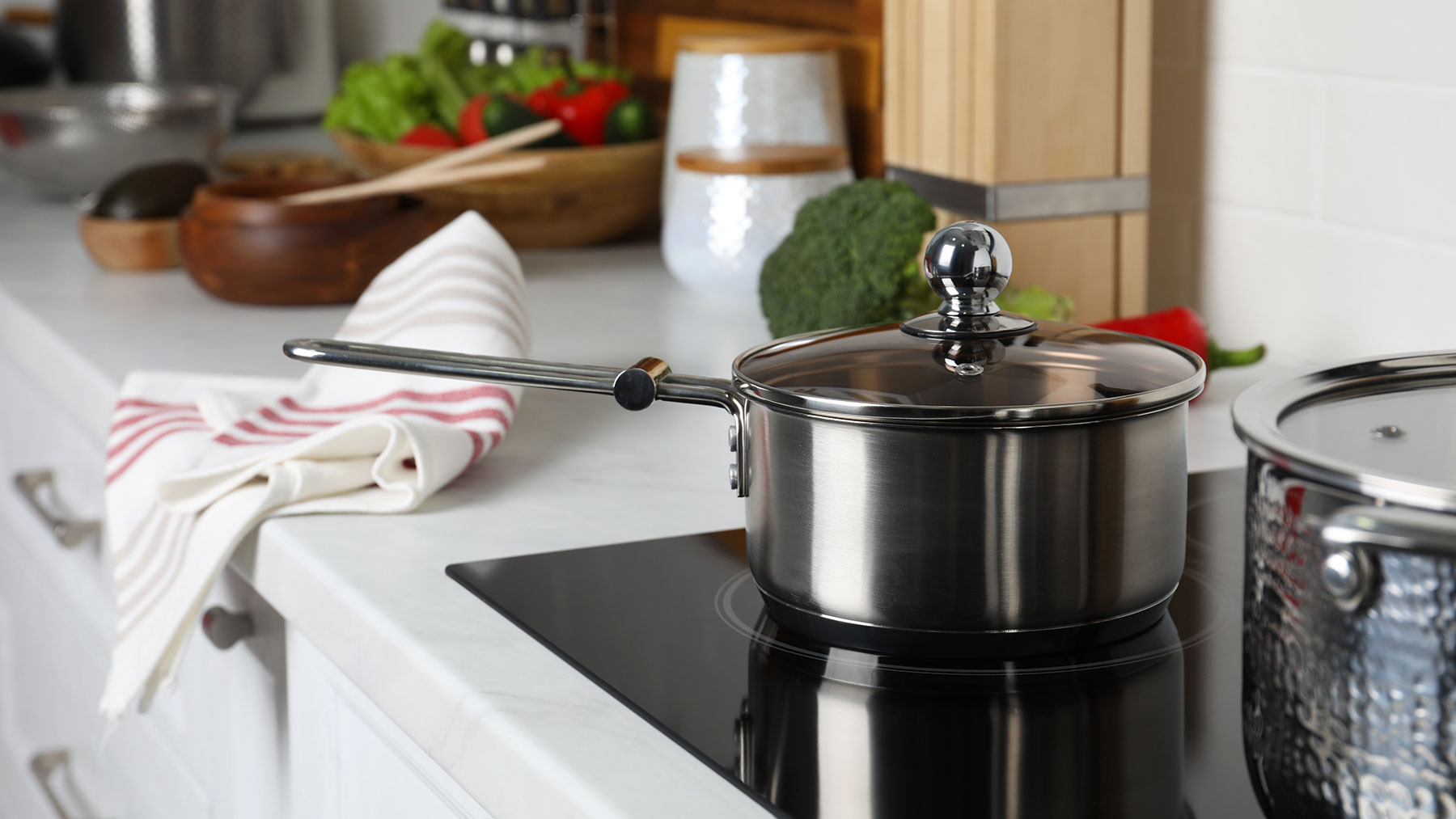
Induction cookware needs to be made of ferromagnetic material, such as cast iron, stainless steel, or carbon steel.
If you’re precious about your pans, you may have to ditch them in favor of induction-compatible cookware, which could be an additional cost you’re not expecting, so be sure to factor it in when buying an induction cooktop.
Induction cookware needs to be made of ferromagnetic material, such as cast iron, stainless steel, or carbon steel. If your current pans are made of aluminium, copper, or glass, you’re not in luck.
However, if you’re still unsure, check the underside of your pans. It should specify if they are induction-safe or feature a logo with four loops of wires. If that doesn’t help, grab a magnet and see if it attracts. If it does, you can continue to use your pans on an induction cooktop.
Sign up to get the BEST of Tom's Guide direct to your inbox.
Get instant access to breaking news, the hottest reviews, great deals and helpful tips.
Top tip
Think about the size of the pans you use. Any part of the pan that extends over the induction ring won’t be heated, so use pans that are the same size as the induction rings.
3. Cooking will be different
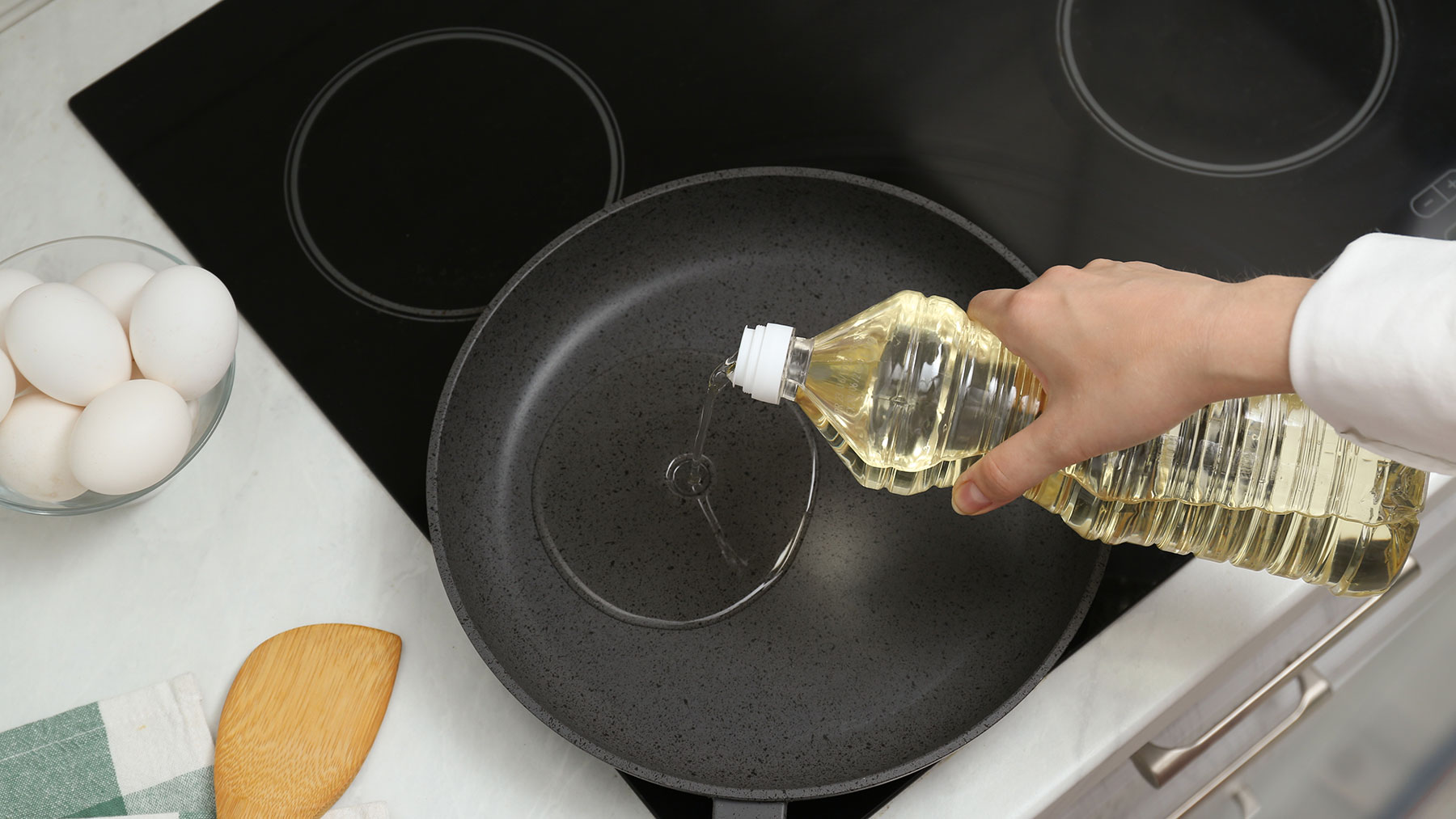
Whirlpool 30-inch Glass Electric Induction Cooktop: was $1850 now $1098 @ Home Depot
This 4-burner black induction cooktop has a rapid boil function to boil water fast, and can even notify you before it reaches the right temperature. It also offers a pan presence sensor and a hot surface indicator, along with flexible temeperature controls including melt, simmer and keep warm.
Using an induction cooktop is quite different from using gas. Firstly, it’s incredibly responsive and will heat up fast. If you're a tea-lover, you're in luck, as these cooktops can boil water in under a minute. This speed is because the pans are heated directly, saving on the stage of heating a hot plate or the energy loss through the lack of direct contact. It’s a similar case when you want to turn the heat up or down, as the change in temperature is instant. There’s no issue of pans boiling over while the temperature adjusts.
However, if you like to be hands-on in the kitchen and move, toss, and shake the pan’s contents, the heat transfer will be broken until you place the pan back on the cooktop. Also, if you’re used to completing tasks while waiting for oil or water in a pan to heat up, you won’t get the chance. Those onions will be ready to fry almost as soon as the oil hits the pan.
4. The cost might put you off
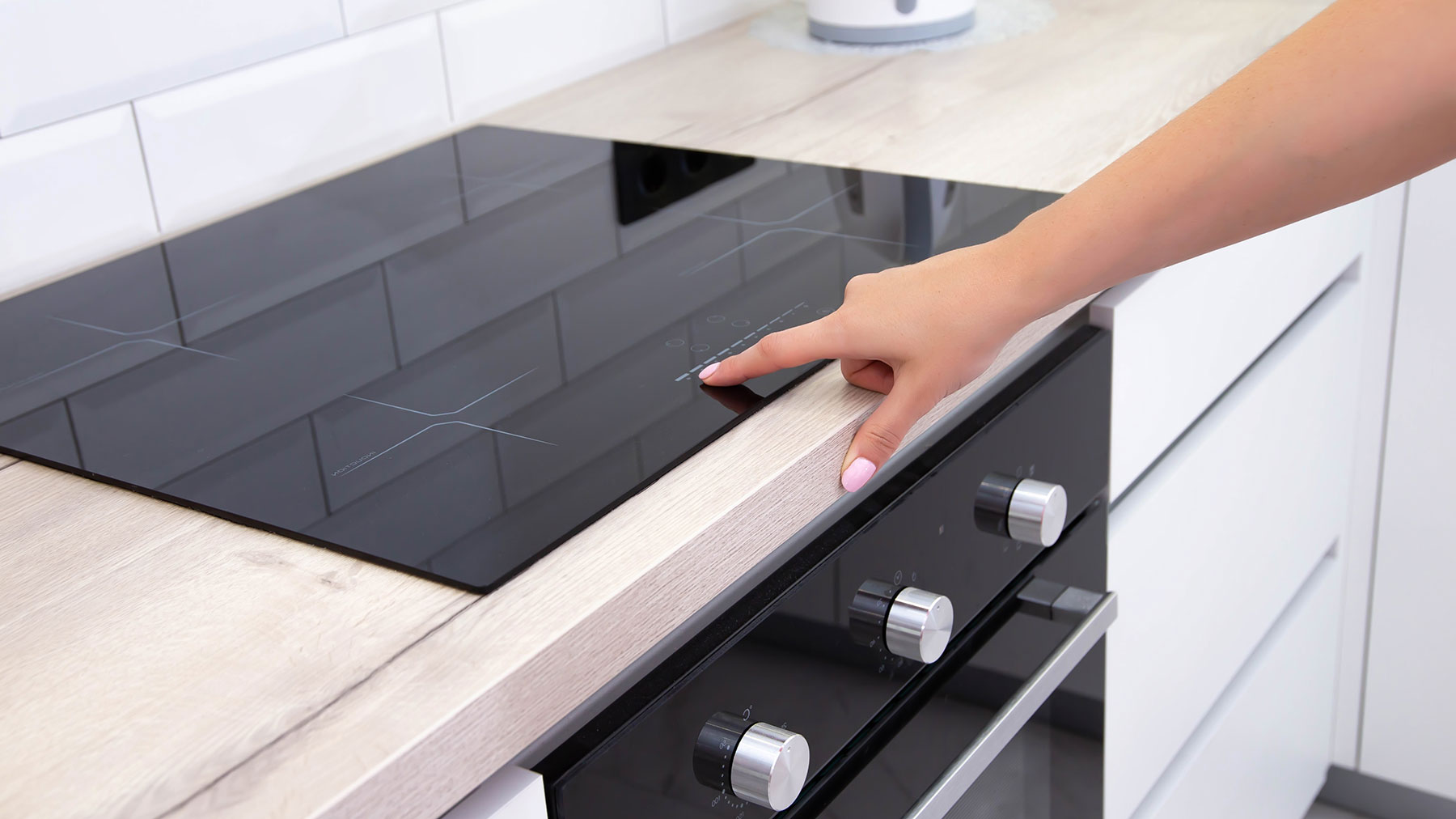
Induction cooking isn’t a cheap option, as the technology pushes up the price of appliances, and economies of scale probably have some impact, too, since gas and electric cooktops are still more popular.
Best Buy stocks induction cooktops that range in price from $699 for a Thor Kitchen Built-In Electric Cooktop, to $6,619 for Vikings Profession 5 Series 36 inch Electric Induction Cooktop. While most of us won’t want to spend over $6,000 on an induction cooktop, you might want to budget somewhere between $1,000-$2,000.
However, induction cooking is cheaper than a gas or electric cooktop. According to Energy Star induction, cooking tops are 5-10% more efficient than conventional electric units and three times more efficient than gas.
5. Beware scratches, but spills are easy to clean
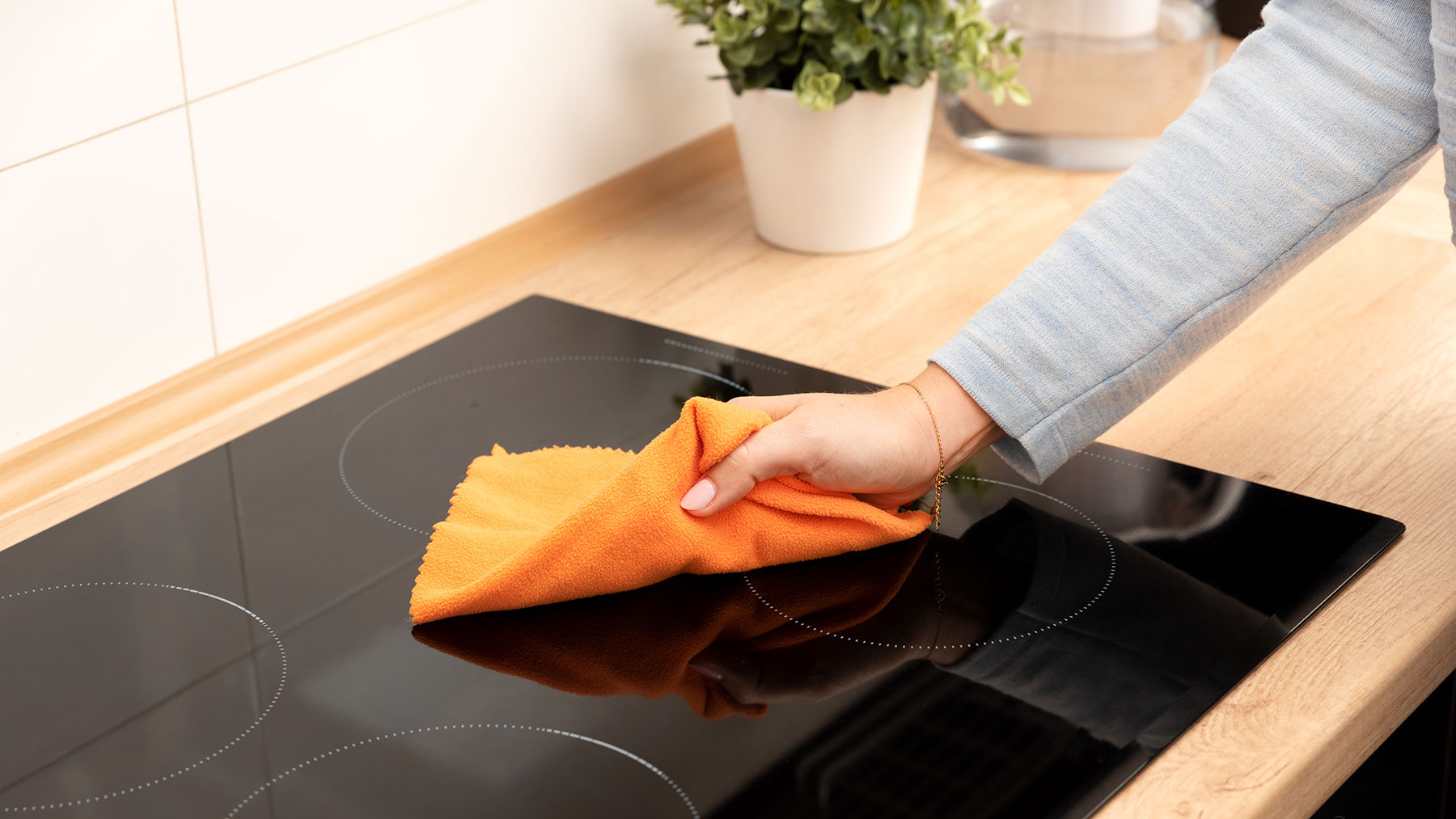
I tend to store pots and pans on my gas cooktop, but I’d have to change my behavior if I switched to induction cooking. Induction cooktops are made of glass, and we all know how easily glass can scratch. If you are used to banging your pots and pans down on top of your gas grates, you’ll have to be more careful with an induction cooktop and find another place to store your cookware.
Having said that, although the surface will scratch more easily, it is flat — making cleaning super easy as there are no awkward nooks and crannies to clean around. And with more control over the settings, you’re less likely to have a boiled-over mess to clean up. A microfiber cloth should be all you need, and I’d recommend wiping it over after every use to prevent grease and residue buildup. We have more guidance here on how to clean a glass stove and a few tips on how to prevent scratches on a glass stove , plus 5 things you should never use to clean an induction cooktop.
You might also be interested in Does size matter? What to look for when buying a kitchen range.
More from Tom's Guide

Camilla Sharman has worked in publishing and marketing for over 30 years and has covered a wide range of sectors within the business and consumer industries both as a feature, content, and freelance writer.
As a business journalist, Camilla has researched articles for many different sectors from the jewellery industry to finance and tech, charities, and the arts. Whatever she’s covered, she enjoys delving deep and learning the ins and out of different topics, then conveying her research within engaging content that informs the reader. In her spare time, when she’s not in her kitchen experimenting with a new recipe, you’ll find her keeping fit at the gym. In the pool, stretching at a yoga class, or on a spin bike, exercise is her escape time. She also loves the great outdoors and if she’s not pottering about in her garden, she’ll be jumping on her bike for a gentle cycle ride.
